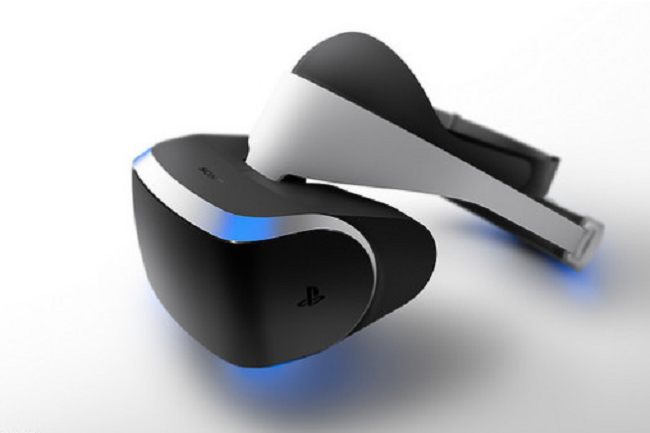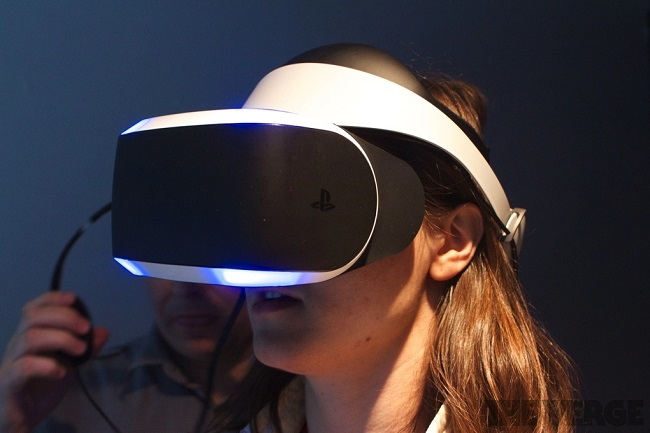
Many technologists speculate that gaming will become the first medium to refine virtual reality, elevating it from experimental to commonplace, much like how the Apple introduced computing to average American household. Given the buzz surrounding the Oculus Rift headset, with its hugely successful Kickstarter campaign followed by $75 million in venture capitalist investments, it was only a matter of time before the big dogs came out to play. Just unveiled at this year’s Game Developers Conference (GDC) in San Francisco is Sony‘s own take on the virtual reality headset, codenamed Project Morpheus.

While Sony’s president of worldwide studios at Sony Computer Entertainment, Shuhei Yoshida, will humbly acknowledge the Oculus Rift as the company’s inspiration, Project Morpheus’s ambitions are a tad more robust, focusing on sight, sound, tracking, control, ease of use, and content. Project Morpheus will be a peripheral exclusive to PlayStation 4 that creates an entire ecosystem with the console’s other peripherals; the PlayStation 4’s camera will coordinate position and head tracking while the PlayStation Move will handle motion controls.
Project Morpheus first impressions
Yet, what anyone with an interest in this topic must be dying to know is how does Morpheus compare to the Oculus Rift? The first impression echoed by most of the press who tested the headset was how comfortable it felt, thanks to its balanced weight distribution taking the pressure off the nose and forehead.

Morpheus also features a dual set of 1080p screens like the Rift, but as The Verge’s Adi Robertson points out, Morpheus is slightly blurrier even if it eliminated the “screen door” effect comparable to peering through a window. By contrast, the headset does a superb job of blocking out light without making you feel stifled, something Oculus Rift struggles with. Project Morpheus' major disadvantage is the 90-degree field of view no thanks in part to the “huge black half-moons” smothering the peripheral vision. It’s clearly evident that a bit more work needs to be done.
Gizmodo’s Brian Barrett points out that Sony’s has significantly more muscle to upscale Project Morpheus than the independent studio producing Oculus Rift ─ if there’s public interest, of course. The company has a strong background in consumer electronics as well as optics; it even developed a quirky, yet poorly received head-mounted television called the HMZ-T1.
Ultimately, as with any gaming platform, content is the ultimate financial driving force; consumers purchase consoles for the games. Sony has already recruited Autodesk, Epic Games, and Unity as partners, and is demoing a Morpheus-compatible build of the recent game, Thief , during GDC.
Advertisement
Learn more about Electronic Products Magazine






